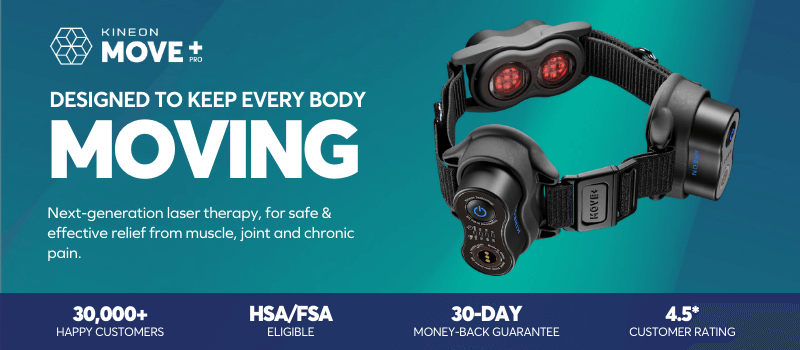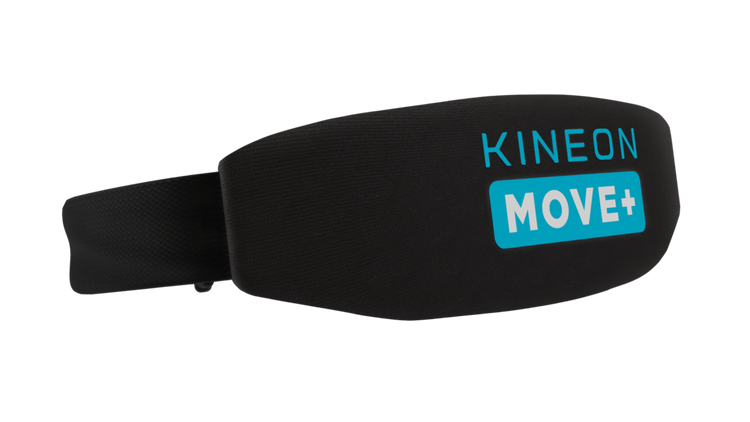Arthritis. It’s a word that we all know and unfortunately, likely that either you or someone you know is dealing with the debilitating effects of this condition.
It’s so prevalent, in fact, that it’s estimated that almost 25% of the American population has arthritis, which means that there are millions of people out there coping with this condition on a day-to-day basis.

Common treatments for Osteoarthritis
Hearing that there’s no cure for a condition you’ve just been diagnosed with can feel overwhelmingly scary, but you should know that many people with osteoarthritis live long and happy lives.
With the use of treatments and medical attention where necessary, the symptoms can be improved upon and your day-to-day can feel a lot easier to handle.
Medication
Like with most conditions, people are usually prescribed medications to help deal with the pain.
The most common pain medications for arthritis are categorized either as NSAIDS (Non-steroidal anti-inflammatory drugs) or OTCs (over-the-counter drugs) and include:
- Ibuprofen
- Paracetamol
- Aspirin
- Naproxen (sodium)
- Diclofenac
- Corticosteroids
While these are widely used and often opted for, tablets can only assist with dulling the pain in the short term. Medications shouldn’t be used for a prolonged period of time and can have addictive traits.
Some options, like steroids, are injected into the joint that is bringing on the pain and can reduce this and swelling for a few months. These should only be administered by a qualified and experienced medical professional.
If you’re opting for medical drugs to ease symptoms, make sure to check with your doctor as not all will be appropriate for certain circumstances and scenarios. Injections can affect the immune system too so they should be avoided by those who are immunocompromised.
Lifestyle Changes
While osteoarthritis can sometimes feel difficult to escape, there are small changes that can be made to your lifestyle habits to see the severity of the condition reduced.
Incorporating gentle exercises and stretches into your routine can have positive effects. Tai chi, for example, is known for its ability to reduce stress, improve balance and coordination, and strengthen the cardiovascular system.
Swimming is another activity that is good for those with osteoarthritis as the buoyancy created by the hydrostatic pressure in the water can result in better mobility and range of motion. It’s also an exercise method that doesn’t put a lot of stress on the joints.
The benefits of the move-your-body approach are much more holistic but encourage a healthier outcome as a whole. And while advantages like a decrease in stress can seem futile when you’re facing substantial pain, there’s actually a clear link between chronic stress and pain.
Stress can contribute to the shortening of telomeres and when your body and mind are exposed to this, it can bring on further inflammation and damage to the DNA in cells.
An increase in physical activity could lead to weight loss too which is another lifestyle change that could see results. Being overweight can put excessive strain on your joints which can intensify the pain.
It’s estimated that losing just one pound of weight takes an estimated four pounds of pressure off your knees which means a small amount of weight loss could contribute to helping with pain.
Supportive Therapies
Thankfully, different types of therapies and treatments have become a lot more accessible over the last few years.
The treatment that derives from ancient Chinese medicine, known as acupuncture, is regularly touted as an alternative option for people with osteoarthritis. Thin needles are inserted into the body and are believed to stimulate the central nervous system.
If needles aren’t your thing, visiting a chiropractor could be another option. A chiropractor is a medical practitioner who uses their hands to relieve issues with bones, muscles, and joints.
Along with the actual treatment, chiropractors sometimes include other elements too like soft tissue therapy, guide you in exercises, and provide lifestyle and nutritional advice.
Both of these supportive therapies can work well to complement lifestyle changes and other actions that you take to improve your quality of life.
For a non-invasive, affordable, and much more convenient way to address your osteoarthritis, consider red light therapy at home.
Red Light Therapy for Arthritis
If you’re one of the many people suffering from arthritis, you might be desperate for anything that can bring relief. You’ve probably tried medication, physical therapy, and maybe even acupuncture. But there’s a new treatment out there that may be worth trying: red light therapy.
Red light therapy provides pain relief by speeding up your body’s natural healing processes at the cellular level. The soothing light helps to reduce swelling and inflammation, while also increasing blood circulation and providing pain relief directly to the area being stimulated.
Most people who use red light therapy report improvements in both their mobility and their pain within a few days of starting treatment!
But there are some drawbacks to red light therapy…
Firstly, it can be quite costly; the average session of red light therapy will set you back about $100 per session, and then you have the travel and other costs associated with traveling to and from the clinic/therapist.
It can also be inconvenient – you have to commit to seeing a physical therapist multiple times per week if you want to experience the benefits.
Another drawback is the type of red light used in therapy. Many clinics offer LED panels as the only option, which as we discussed in LED Vs. Laser: Red Light Therapy For Pain Relief, may not be the best option if you’re looking for targeted relief for your arthritic joints.
So what’s the alternative? What if you could receive the benefits of red light therapy without traveling to a clinic and use a more targeted approach to treat the pain in specific areas of your joints, all from the comfort of your own home?
At Home Red Light Therapy

Thankfully, there’s now a way to enjoy all the benefits of red light therapy in the comfort of your own home.
At Kineon (formerly Reviiv Light), we have created a portable LED and Laser red light therapy device that you can easily use to get fast-acting relief from pain and stiffness in your joints.
The laser diodes in red light therapy devices can penetrate into tissue deep enough to reach a depth of around 5-6CM, making it ideal for treating deep-seated pain, such as osteoarthritis and cartilage damage.
By using these medical-grade lasers alongside our clinically proven red and infrared LEDs, you can easily reduce inflammation and pain in your joints.
Red light therapy helps relieve symptoms of OA and RA like pain and inflammation by penetrating deep into the muscle, tissue, ligaments, and bone.
As soon as the mitochondria (the energy powerhouses) in your cells absorb this penetrating light, they begin to store and use more energy – which allows the cells to function more efficiently.
Not only that, but when the red light stimulates your immune system – your joint receives increased blood flow.
In simple terms, this means that you receive less inflammation, decreased pain, better mobility, and long-term recovery!
And the best part is, you can see improvements in your mobility and joint function with just 10 minutes of treatment per day!
No more side effects caused by traditional pain relief, no expensive travel costs, and no inconvenient scheduling required. Just a simple-to-use device that you can use from the comfort and privacy of your own home!
For more on red light therapy and arthritis, read:











